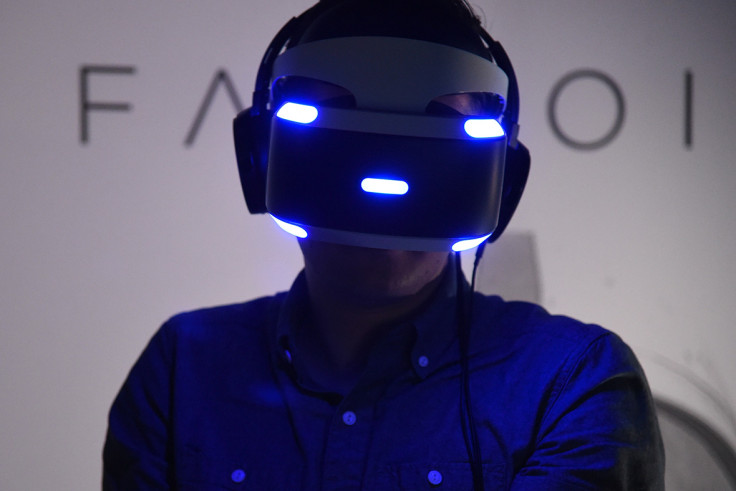What is the difference between AR and VR: Major points to know these technologies better
Find out in what ways augmented reality and virtual reality differ.

In the past few years technology trends have moved drastically from everyday smartphones and smartwatches to concepts like augmented reality (AR) and virtual reality (VR). While there is a great deal of interest for these trends, most people still seem to be confused about what actually sets the two platforms apart.
IBTimes UK tells you what these platforms are and how they differ or in some ways are even similar:
- VR is by its very name 'virtual' and thus creates a virtual world transposing the user or simply bringing the user to another place while their current position in reality does not change. AR on the other hand is a blend of virtual reality and real life where the users physically move as the platform simply 'augments' our current state of presence.
- AR thus embeds digital information into real-world contexts as virtual reality creates digital contexts that behave in ways that mimic real-world analogues.
- In AR, the users are able to interact with virtual contents in the real world and tell the difference between the two. In VR everything is virtual even if it is a live broadcast of a sports game in the sense that the user has no connect with the location they are in virtually.
- VR is more immersive so one has a first-person view where objects are arrayed in all three spatial dimensions, and one moves around in them. AR on the other hand provides more freedom for the user to choose the path they want to take.
- The AR experience is considered economical given it does not need a head-mounted display, VR helmet or goggles similar to the Oculus Rift for it to function. It gives developers and marketers more reach within the parameters of a single device like a smartphone or a tablet.
- Some popular examples of AR platforms are games like Pokemon Go, Zombies run and Parallel Kingdom and e-commerce apps like IKEA that help you place a product in a real world space to check how it fits in. VR platforms on the other hand can be any form of visual media like videos that have a certain format, or video games. All of these VR media can only be seen through headsets/goggles that companies like Samsung, OnePlus and Oculus Rift have manufactured.
© Copyright IBTimes 2025. All rights reserved.
Request a Correction





















